Beside a remote bit of road on the way out to Cape Nome, there are two faded wooden grave markers. They are the only signs that people once lived out there. It’s bleak and windswept and, in winter, unsurvivable. Their story has died along with the people who knew them. Above them, silhouetted against the sky high on a ridge, there are five weather-beaten wooden crosses. They mark the repatriated remains of people who lived on Sledge Island and in other native villages and whose remains were collected and exhibited for the supposedly civilised curious to study and to stare at in the Smithsonian and other museums. Their descendants have brought them back and tried to give them peace. From their graves on a clear day there’s a magnificent view along the coast to Sledge Island and Cape Rodney 30 miles away. And for the geocachers, there’s a geocache up on the ridge not far away. Peace is a relative concept. Nearby, musk ox live on the tundra – shaggy survivors with dense layered furry pelts that protect them in the icy winters. They shed some of it in summer and it is collected and spun and woven into warm gloves and hats by the local people. It is called qiviut. Along the Nome waterfront, there’s a massive breakwater made from huge granite boulders blasted from Cape Nome. There are homeless people living under plastic sheets in the spaces between the rocks. In winter, when the sea is frozen, there’s a shelter and food for them overnight in town but they are out in the cold during the day. Grim existence. 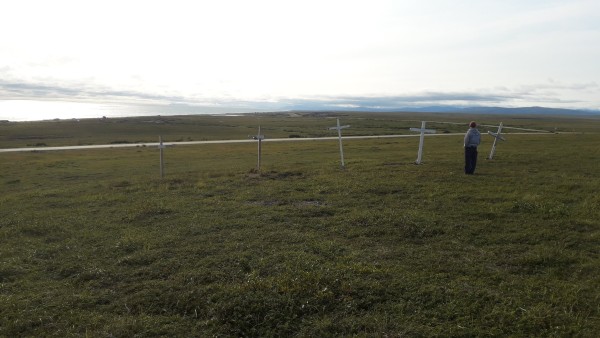
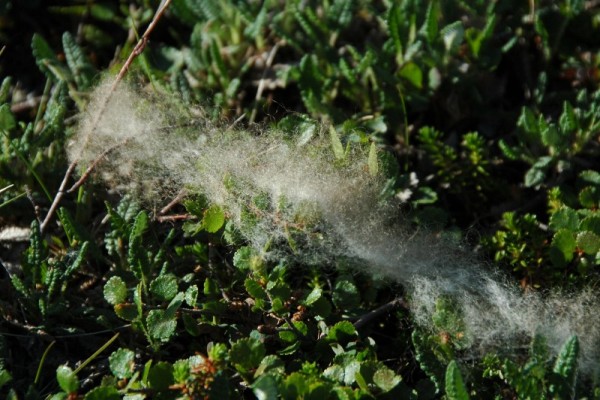
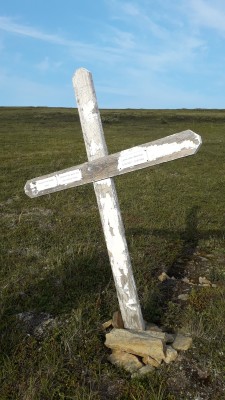
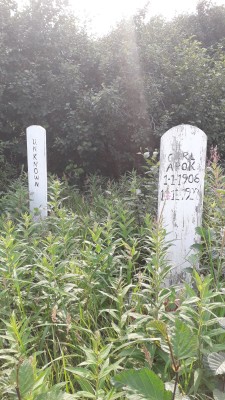


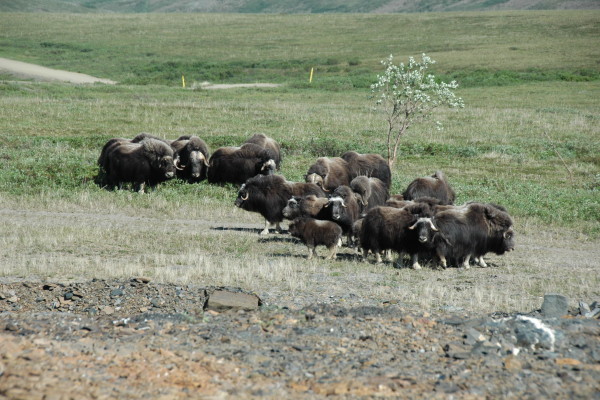
|
|
||
|
FROM Village Girl
Other lives |
||
|
CONTACT: berrimilla2@gmail.com Copyright © 2004-2024 Alex Whitworth - All Rights Reserved |
||
 The logs ramblings can be cryptic, so we have added:
The logs ramblings can be cryptic, so we have added: